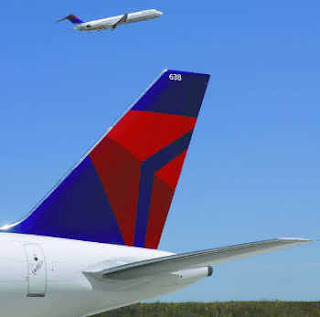
Jaan Albrecht, the chief executive of Star Alliance, said that he is hoping that he can announce the inclusion of an Indian and a Russian airline in the alliance sometime this year. India and Russia are the two major holes in the alliance's network that remain to be patched. "I am sure that by the end of 2007 we will be able to make an announcement about a new partner, first in India, and probably next year in Russia," he said. "The development of the aviation industry in Russia and India is quite amazing. We wanted to take time to study, to analyze which carrier would be successful... If you just take Russia, there are today about 250 carriers. We see gradual consolidation."
Potential Russian candidates for inclusion in Star include S7 and the KrasAir-led AiRUnion alliance. Flag carrier Aeroflot is already a member of competing SkyTeam. In India, Albrecht revealed that Star is in talks with Air India and Jet Airways. The other major market that Star recently entered was China, when it included Air China and Shanghai Airlines.
Star is reportedly also interested in starting a cargo-only division of the alliance. "Our focus is on passengers, but cargo has been coming on our agenda since last year and we are exploring the possibilities," said Albrecht. "Cargo is a totally different environment, totally different market. We are very careful. But it would be the same logic, the same drivers, the same pillars for a successful cargo alliance."






























.JPG)